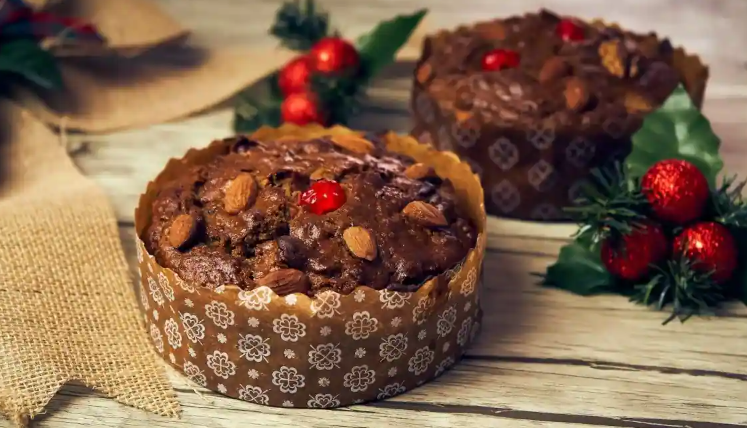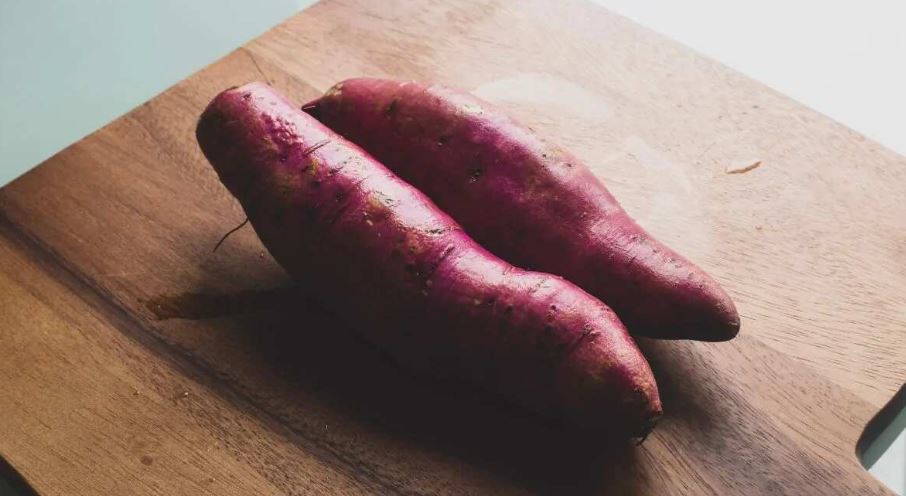Come December and every Christian home around the world gears up for the most prominent festival of the year, which is Christmas. For most, the preparations revolve around everything from planning a feast to creating the ultimate Christmas cake that packs the essence of the festival in one tin. So, to say that baking that Christmas cake is of vital importance, traditionally speaking, would not be wrong. It would also not be wrong to say that Christmas cake mixing has emerged not only as a private, familial tradition, but one that now involves people across the world at restaurants, bakeries, patisseries and hotels.
How? Well, we’re sure you have come across plenty of pictures and videos of cake mixing ceremonies being held as public events at big restaurants, bakeries and hotels across India—especially in the metropolitan cities. But have you ever wondered what the tradition is all about and how it evolved from being a family-oriented Christian tradition to one that is a popular event on everyone’s calendar around December and well before Christmas? If you have, then read on to know all the details you need about the history of cake mixing and a few tips to do it right at home.
Britain And The Ritual Of Cake Mixing
While many believe that the first cake packed with fruits and nuts was baked in ancient Egypt, its association with Christmas was more recent. Cakes have always been a part of festivities across Europe and the nations previously colonised by European countries, but each region has always had its signature cake for Christmas and cake mixing simply did not feature as a ritual that the family engaged in before the 17th century. It was in Britain in that era that cake mixing for Christmas became a ritual that was engaged in by the family on the first Sunday of December as a part of the prep for Christmas.
Of course, like all food rituals with a deep history, Christmas cake mixing has its roots in agriculture and harvest. With fruits, nuts and even flour sourced from wheat becoming more readily available as the winter harvests rolled in, the Christmas cake became the perfect carrier for all the combined flavours of the season. So, cake mixing was devised as a family-based ritual in Britain where the seasonal fruits, nuts and other ingredients were picked out by the family members, then processed into a blend appropriate for Christmas celebrations. The fruits, dry fruits and nuts were steeped in alcohol like rum, brandy and red wine—depending on which one a family could afford—as a part of the process to preserve the ingredients and enhance their flavours too. In many households, the Christmas cake was prepared with this mix well ahead of time with the cake being taken out every day and fed with more alcohol until Christmas Day to keep it moist. The reason behind this essential Christmas cake mixing with alcohol was simple: in colder countries, steeping ingredients in alcohol increases the warmth they generate once consumed, and Christmas is celebrated during peak winters.
So, the ritual of cake mixing made absolute sense back in the 17th century as an activity that the family conducted together. Cake mixes were not only kept at home to feed the Christmas cake but also shared with members of the extended family and community—especially the less fortunate—to celebrate the generosity of spirit that the festival is associated with. Over time, and as the British empire expanded, the addition of spices sourced from the colonies also became an integral part of cake mixing ceremonies. When you do indulge in the ritual today, remember that countries like India and the spices available here have also played a role in the evolution of the ritual.
Christmas Cake Mixing Tips You Need
As mentioned before, cake mixing today has become a commercial ritual in India and not just a familial one. And yet, if you want to go back to the roots of this festival, then trying cake mixing and baking the Christmas cake at home from scratch is vital. If you do want to give cake mixing a hand, here are all the tips you need to start out.
1. Select The Best
Pick the best fruits, nuts, seeds and dry fruits available to you locally for the cake mixing. In India, fruits like apples, oranges and all sorts of berries become more easily available in winters, and nuts like cashews and almonds are also more accessible. You can also try dry fruits like apricots, raisins, figs and dates if fresh ones are not available. Gather all of these ingredients before you start with cake mixing.
2. Pick The Soaking Liquid
While it is traditional to soak the fruits, nuts and dry fruits in alcohol, picking the right one matters. Go for traditionally rich liquors like rum, brandy and whisky for Christmas cake mixing. If not that, then opt for red wines because they are more full bodied. If you want an alcohol-free mix that is equally rich, go with a blend of cranberry and orange juice as well as a dash of molasses syrup for that rich taste.
3. Store The Right Way
Letting the cake mix steep properly is critical, so always try to store the mixture in a glass jar or sealed bowl with a tight lid. Keep it in a cool, dark place and leave it undisturbed. You can also store the cake mix in the refrigerator, but make sure it is secure and don’t open it for a week to allow the proper steeping and infusion of flavours.
4. The Right Baking Time
Letting the cake mix sit and steep for two weeks at least is a good idea, but if you do the cake mixing ceremony in December first week, that still leaves plenty of time after the two weeks are up. Utilise this time to bake the cake a week ahead of Christmas and let it age properly in a cool dark place. It is also advisable to feed the cake with spoonfuls of alcohol every day until Christmas to aid the ageing process and flavour.
5. Room Temperature Ingredients
Before you get baking, allow all the ingredients—especially the butter, eggs and cake mix—to get back to room temperature. This will ensure better emulsification and create a smooth batter and easy to infuse cake mix. It can also lead to a lighter texture and richer taste, so don’t skip this step.
6. Cream Butter & Sugar
Whether you are using a hand whisk or a stand mixer, make sure you cream the sugar and butter for the cake properly before adding any other ingredients. This process incorporates air into the mixture, resulting in a lighter cake texture. Be patient during this step because it’s also crucial for the cake’s structure.
7. Add Spices Wisely
Truth be told, you simply don’t need too many spices in your Christmas cake mix, so pay attention to quality over quantity. Pick simple, warm spices like cinnamon and nutmeg for the best flavour, but make sure you never add more than a quarter of a teaspoon of either and lesser if you are adding both. This is because the spices tend to intensify in flavour once cooked and can turn the whole cake bitter.
8. Feed The Cake
Once the cake is baked, let it cool down completely and wrap it in parchment paper to ensure it stays moist and ages well. You can also open the parchment once every day and feed the cake with a spoonful or two of the alcohol or fruit juice of your choice. This will ensure that the cake remains moist and has an aroma that truly captures the spirit of Christmas.



